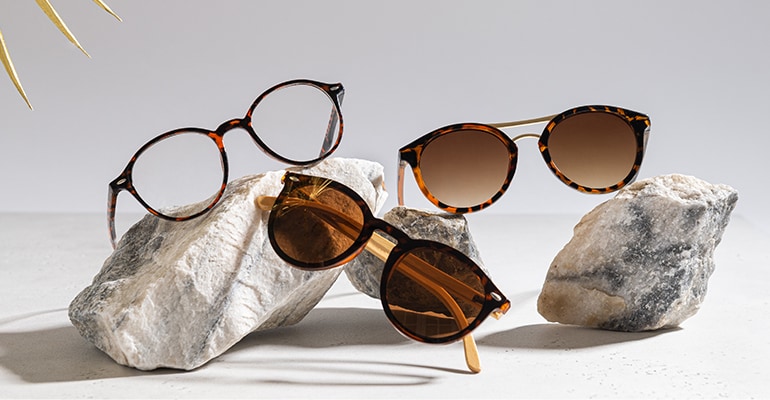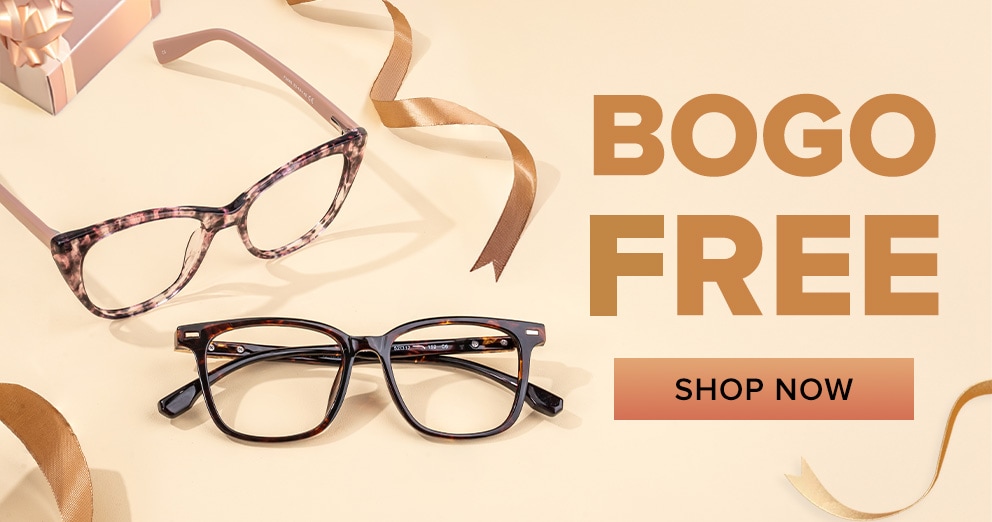How To Choose Transitions Sunglasses
Aug 15, 2023
How To Choose Transitions Sunglasses
Are you constantly on the go, switching between indoor and outdoor environments throughout the day? Do you find it cumbersome to carry multiple pairs of sunglasses or constantly switch between regular glasses and sunglasses? Look no further than transition sunglasses – the ultimate eyewear solution for individuals with dynamic lifestyles.
Transition sunglasses, also known as photochromatic or adaptive lenses, revolutionize the way we protect our eyes from the sun without compromising convenience. The unique technology behind these sunglasses enables them to automatically adjust their tint levels, adapting to changing light conditions. From clear indoors to tinted outdoors, transition lenses seamlessly optimize your vision to provide the perfect balance of sunlight protection, visual clarity, and style.

How to choose transitions sunglasses?
Choosing transitions sunglasses involves considering factors such as lens color and darkness, frame style and fit, and personal preferences. Here are some steps to help you choose transitions sunglasses:
Understand transition lens technology: Transition lenses are photochromic and automatically adjust their darkness level based on the amount of light exposure. They darken in bright sunlight and lighten indoors or in low-light conditions.
Determine your usage: Consider what activities you are planning to use the sunglasses for – sports, outdoor activities, driving, or casual wear. This will help in selecting the right lens color and design.
Choose the right lens color: Transition lenses are available in various colors like gray, brown, and green. Gray is the most popular and provides true color perception. Brown lenses enhance contrast and are suitable for active outdoor activities, while green lenses reduce glare and offer good color vision.
Select the desired darkness level: Transitions lenses come in different darkness levels ranging from 0 to 4, with 4 being the darkest. Darker lenses are recommended for intense sunlight and outdoor activities, while lighter lenses are suitable for everyday wear.
Consider frame style and fit: Look for sunglasses with a frame style that suits your face shape and personal style. Ensure that it fits well and provides adequate coverage to protect your eyes from all angles.
Test different options: Visit an eyewear store and try on different transitions sunglasses to see how they look and feel on your face. Observe how quickly they transition from light to dark and vice versa to ensure it matches your preferences.

Different types of tranisition lenses to consider:
Transitions Signature GEN 8: This is one of the latest advancements by Transitions Optical. The GEN 8 lenses are designed to be quick to darken and quick to lighten, providing an optimal experience in various light conditions. They also have enhanced responsiveness to indirect light such as light reflected from buildings, roads, or surfaces.
Transitions XTRActive: These lenses offer extra activation behind the windshield of a car, making them popular among drivers. They have a slight tint indoors and darken further outdoors, even in hotter climates. Additionally, XTRActive lenses provide moderate polarization to reduce glare.
Transitions Vantage: These lenses have variable polarization, meaning they can adjust their degree of darkness to match the level of outdoor glare. Vantage lenses darken even in indirect or lower-light conditions and offer noticeably crisper vision compared to regular clear lenses.
Transitions Drivewear: Specifically designed for driving, these lenses not only darken in response to sunlight but also incorporate elements of color enhancement and polarization suitable for behind-the-wheel use. They adjust their color and darkness depending on the weather, time of day, and light conditions to provide optimal vision for driving.

In conclusion, choosing transitions lenses can greatly improve your vision and overall eye health. Their ability to automatically adjust to different lighting conditions makes them a convenient and practical choice for individuals who are constantly on the go or frequently transitioning between indoor and outdoor environments. By reducing the strain on your eyes caused by excessive exposure to harmful UV rays, transitions lenses can help prevent eye diseases and conditions such as cataracts, macular degeneration, and photokeratitis. Additionally, they offer a seamless and stylish alternative to traditional prescription eyewear, eliminating the need for carrying multiple pairs of glasses. When choosing transitions lenses, it is important to consider factors such as your lifestyle, the level of UV protection needed, and your personal style preferences.
